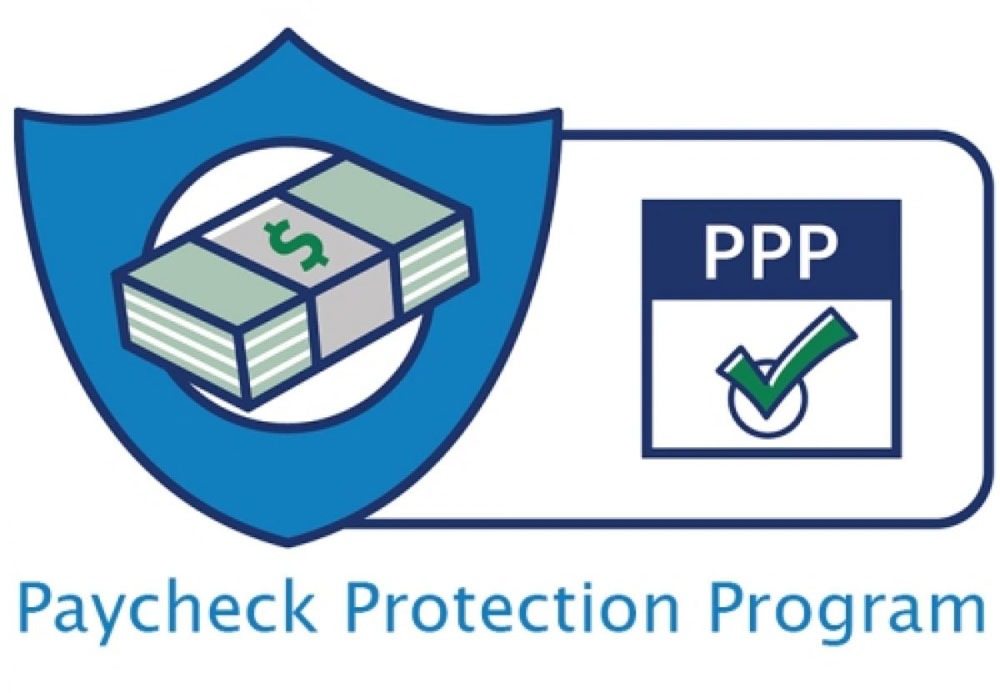
June 10, 2020; Washington Post
“It hasn’t been pretty, but the Paycheck Protection Program [PPP] is proving a qualified success,” writes Tory Newmyer in the Washington Post. Newmyer isn’t wrong, but that word “qualified”—well, that happens to be an enormously important adjective in this case.
NPQ readers understand that PPP is important. Even as we described in detail the program’s abysmal rollout, we still without qualification acknowledged in that article that “the Paycheck Protection Program is the main lifeline available for so many nonprofits and small businesses.” We all understand just how vital those government grant (ahem, forgivable loan) dollars are to help keep many nonprofits and small businesses afloat.
And yes, it is true the unemployment rate would be even higher in the US than it is, but for the PPP. As Tony Newmyer reports, PPP has distributed $530 billion to 4.5 million small businesses and nonprofits. That works to over $117,000 per firm, and it would be strange if a half-trillion dollars spent over less than three months didn’t help cover at least a few million people’s payroll.
And about that unemployment number—May 2020’s unemployment number dipped from April’s, as payroll expanded by 2.5 million people. This is good news and much better than analysts seeing weekly unemployment insurance claims expected. But 13.3 percent unemployment is not good news.
Also, that 13.3 percent rate is deceptively low. Analysts have noted that it is really 16.3 percent. Moreover, if you measure unemployment using the U-6 index, also reported by the US Bureau of Labor Statistics, which includes involuntary part-time workers and workers less actively seeking work, unemployment in May 2020 was 21.2 percent.
Of course, it is better to keep official unemployment at 13.3 percent than have it rise to 20 percent. But let’s not pretend this is victory.
What if, instead of PPP, government simply covered the payroll of all employees at some percentage of normal salary, like 80 percent? That may sound outlandish, but in fact this scenario depicts an important road not taken. Bills in April to do this were sponsored both by Senator Josh Hawley (R-MO) and Representative Jamila Jayapal (D-WA), but went nowhere. By contrast, this approach has been the norm in 2020 throughout western Europe, as an article by Vincent Bevins in New York Magazine documents—and the difference is dramatic.
Sign up for our free newsletters
Subscribe to NPQ's newsletters to have our top stories delivered directly to your inbox.
By signing up, you agree to our privacy policy and terms of use, and to receive messages from NPQ and our partners.
In an article published last month, Bevin reports that while the US has double-digit employment, in “Western Europe, things have worked out very differently during this pandemic. Tens of millions of people stopped working but didn’t lose their jobs. Across the continent, employees have taken advantage of various short-term-leave schemes, in which the government pays their salaries until activity can resume.”
In Germany, unemployment stood in April 2020 at 3.5 percent; it might creep up to four percent. Even the United Kingdom, which unlike Germany has had to build its program entirely from scratch like the US would have had to do and therefore is perhaps more comparable, is facing “rocketing unemployment” that the Guardian fears might climb to—wait for it—eight percent.
What would it mean if our unemployment rate were eight percent instead of 13.3 percent? Well, officially 21 million people in the US are unemployed. If unemployment were eight percent, at least 8.5 million of those 21 million would still have jobs.
According to the US Bureau of Labor Statistics there are 166,000 nonprofits with employees (and many more without employees). And the US Small Business Administration reports that there are 5,881,000 small businesses with employees (again, many more without). So, if 4.5 million firms got PPP forgivable loans, that works out to close to 75 percent of eligible firms.
Not bad. But note that this also means that over 1.5 million small businesses and nonprofits did not get support. And we strongly suspect that businesses owned by women and people of color were overconcentrated among the 1.5 million-plus that were left out.
There remains, as Newmeyr notes, $130 billion in the PPP fund. Last week, as NPQ covered, the PPP rules were changed to make it easier to distribute this final $130 billion—basically providing flexibility to help nonprofits and businesses who might not be able to hire many people even with PPP support to stay alive by using the money to shore up balance sheets.
Of course, as Newmeyr points out, even for those receiving funding, the benefits of PPP money will only last a short while. A survey from Goldman’s Sachs’ “10,000 Small Businesses” program found that 88 percent of graduates had received PPP support, but also found that 44 percent claim they won’t be able to maintain their payrolls for more than three months once the original PPP forgivable loan support ends. In other words, the need for a “second round” of PPP support is already clear.
So, is it better to have PPP than to have no small business and nonprofit support program? Well, yes. But is the policy a success? Alas, to label PPP a success speaks to the very low bar for success that we have accepted as our standard for Washington.—Steve Dubb











